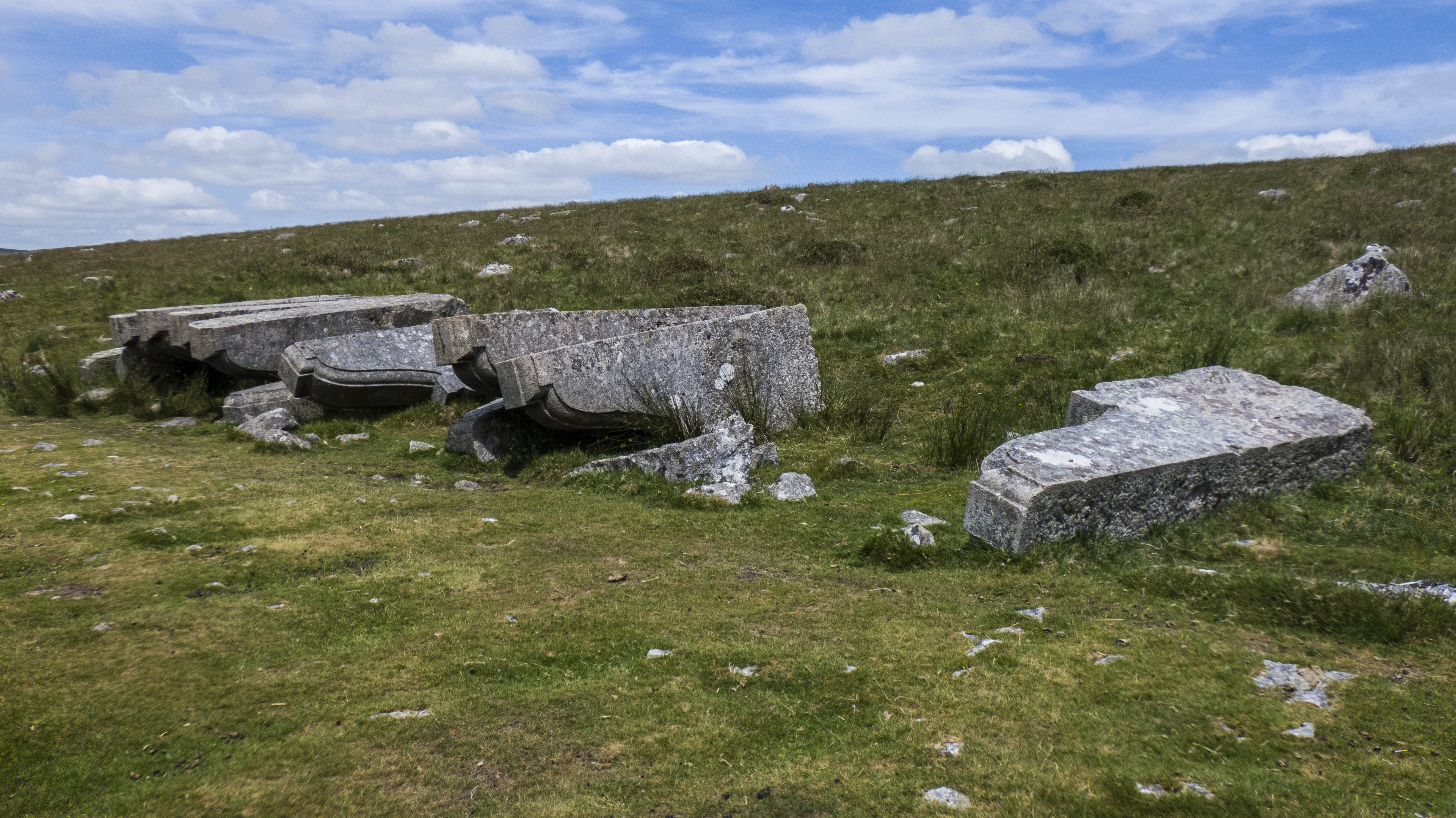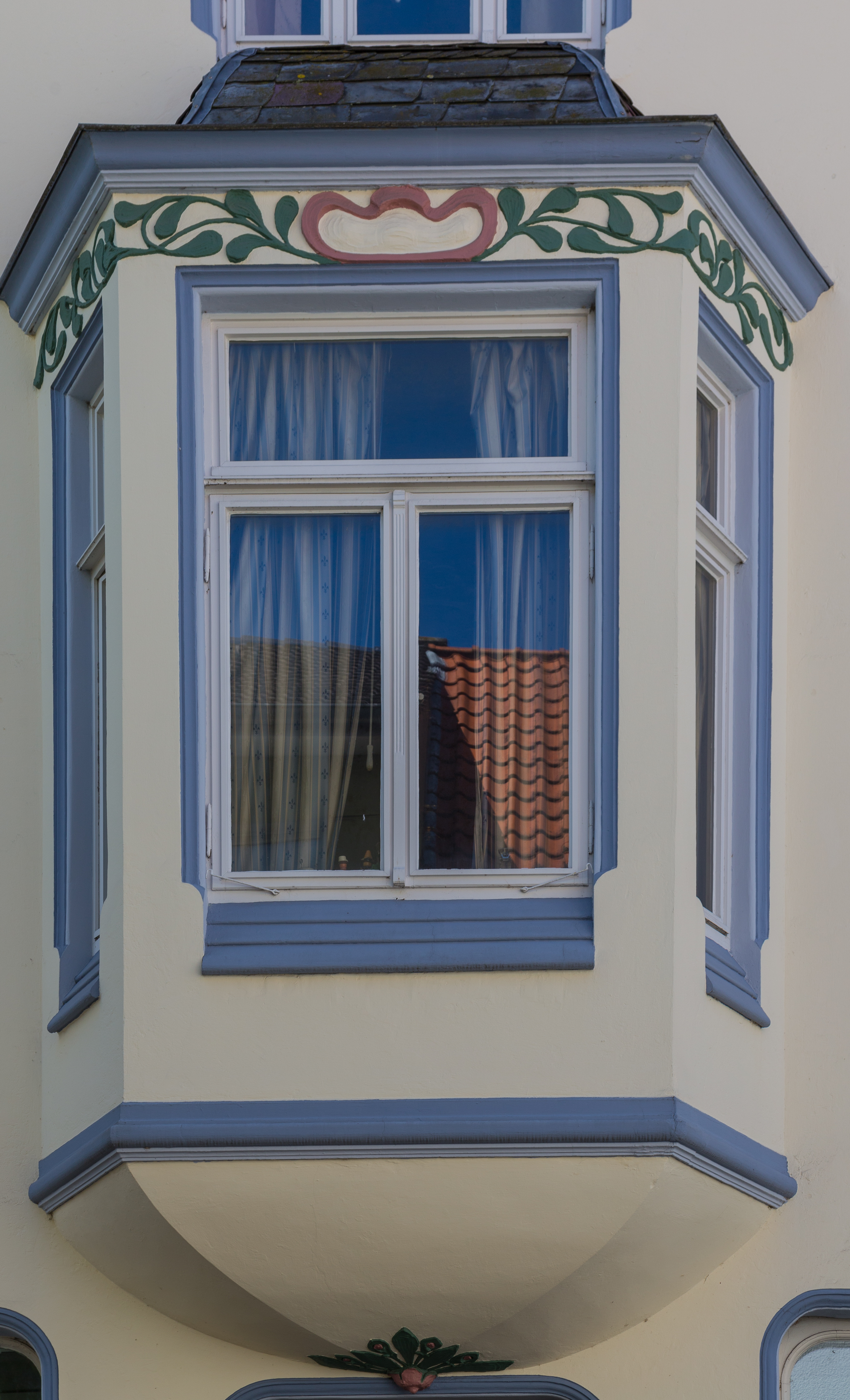|
Santos Passos Church
The Santos Passos Church (), officially called Igreja de Nossa Senhora da Consolação e dos Santos Passos and sometimes referred to as Igreja de São Gualter, is an 18th-century Baroque#Portuguese Baroque, Portuguese baroque Catholic church located at the Campo da Feira in Guimarães, Portugal. Constructed to replace the dilapidated chapel which had previously occupied the same site, the Santos Passos Church and its five Oratory (worship), oratories, which depict the Passion of Jesus, were designated a protected landmark by the Portuguese government in 1993. It also falls within the Historic Centre of Guimarães, a World Heritage Site, UNESCO World Heritage Site since 2001. The church plays a significant role in many of the festivities and religious celebrations of Guimarães. Description Structure The church is located above sea level and has a longitudinal floor plan comprising a single nave with concave angles, a rectangular chancel and is set in a northeast-southeast ... [...More Info...] [...Related Items...] OR: [Wikipedia] [Google] [Baidu] |
Campo Da Feira
The Largo da República do Brasil, popularly known as Campo da Feira, is the largest and one of the most important squares in Guimarães, Portugal. It has many of the city's landmarks such as the Santos Passos Church, the S. Francisco Comercial Center and the old Colégio de Nossa Senhora da Conceição. Description In the south of the Campo da Feira is located the main attraction of the square, the Santos Passos Church, and opposite to it are the streets that lead to the Oliveira Square and the Medieval Walls and the Nossa Senhora da Guia Chapel and respective oratory. These are separated by three rectangular gardens filled with flowers and bushes that are changed periodically to match the current season. These gardens are surrounded by Portuguese pavement and subsequently by roads. The garden farthest from the church, previously a roundabout, features a stone fountain at its front and the garden closest to the church features four granite statues, one at each corner, wi ... [...More Info...] [...Related Items...] OR: [Wikipedia] [Google] [Baidu] |
Sacristy
A sacristy, also known as a vestry or preparation room, is a room in Christianity, Christian churches for the keeping of vestments (such as the alb and chasuble) and other church furnishings, sacred vessels, and parish records. The sacristy is usually located inside the Church (building), church, but in some cases it is an annex or separate building (as in some monastery, monasteries). In most older churches, a sacristy is near a side altar, or more usually behind or on a side of the high altar, main altar. In newer churches the sacristy is often in another location, such as near the entrances to the church. Some churches have more than one sacristy, each of which will have a specific function. Often additional sacristies are used for maintaining the church and its items, such as candles and other materials. Description The sacristy is also where the priest and attendants vest and prepare before the Church service, service. They will return there at the end of the service to r ... [...More Info...] [...Related Items...] OR: [Wikipedia] [Google] [Baidu] |
Pinnacles
A pinnacle is an architectural element originally forming the cap or crown of a buttress or small turret, but afterwards used on parapets at the corners of towers and in many other situations. The pinnacle looks like a small spire. It was mainly used in Gothic architecture. The pinnacle had two purposes: # Ornamental – adding to the loftiness and verticity of the structure. They sometimes ended with statues, such as in Milan Cathedral. # Structural – the pinnacles were very heavy and often rectified with lead, in order to enable the flying buttresses to contain the stress of the structure vaults and roof. This was done by adding compressive stress (a result of the pinnacle weight) to the thrust vector and thus shifting it downwards rather than sideways. History The accounts of Jesus' temptations in Matthew's and Luke's gospels both suggest that the Second Temple in Jerusalem had one or more pinnacles (): :Then he (Satan) brought Him to Jerusalem, set Him on the pinnac ... [...More Info...] [...Related Items...] OR: [Wikipedia] [Google] [Baidu] |
Balustrade
A baluster () is an upright support, often a vertical moulded shaft, square, or lathe-turned form found in stairways, parapets, and other architectural features. In furniture construction it is known as a spindle. Common materials used in its construction are wood, stone, and less frequently metal and ceramic. A group of balusters supporting a guard railing, coping, or ornamental detail is known as a balustrade. The term baluster shaft is used to describe forms such as a candlestick, upright furniture support, and the stem of a brass chandelier. The term banister (also bannister) refers to a baluster or to the system of balusters and handrail of a stairway. It may be used to include its supporting structures, such as a supporting newel post. In the UK, there are different height requirements for domestic and commercial balustrades, as outlined in Approved Document K. Etymology According to the ''Oxford English Dictionary'', "baluster" is derived through the , from , from ' ... [...More Info...] [...Related Items...] OR: [Wikipedia] [Google] [Baidu] |
Corbels
In architecture, a corbel is a structural piece of stone, wood or metal keyed into and projecting from a wall to carry a bearing weight, a type of bracket. A corbel is a solid piece of material in the wall, whereas a console is a piece applied to the structure. A piece of timber projecting in the same way was called a "tassel" or a "bragger" in England. The technique of corbelling, where rows of corbels deeply keyed inside a wall support a projecting wall or parapet, has been used since Neolithic (New Stone Age) times. It is common in medieval architecture and in the Scottish baronial style as well as in the vocabulary of classical architecture, such as the modillions of a Corinthian cornice. The corbel arch and corbel vault use the technique systematically to make openings in walls and to form ceilings. These are found in the early architecture of most cultures, from Eurasia to Pre-Columbian architecture. A console is more specifically an S-shaped scroll bracket in the cl ... [...More Info...] [...Related Items...] OR: [Wikipedia] [Google] [Baidu] |
Statues
A statue is a free-standing sculpture in which the realistic, full-length figures of persons or animals are carved or cast in a durable material such as wood, metal or stone. Typical statues are life-sized or close to life-size. A sculpture that represents persons or animals in full figure, but that is small enough to lift and carry is a ''statuette'' or figurine, whilst those that are more than twice life-size are regarded as '' colossal statues''. Statues have been produced in many cultures from prehistory to the present; the oldest-known statue dating to about 30,000 years ago. Statues represent many different people and animals, real and mythical. Many statues are placed in public places as public art. The world's tallest statue, ''Statue of Unity'', is tall and is located near the Narmada dam in Gujarat, India. Colors Ancient statues often show the bare surface of the material of which they are made. For example, many people associate Greek classical art with white mar ... [...More Info...] [...Related Items...] OR: [Wikipedia] [Google] [Baidu] |
Clock
A clock or chronometer is a device that measures and displays time. The clock is one of the oldest Invention, human inventions, meeting the need to measure intervals of time shorter than the natural units such as the day, the lunar month, and the year. Devices operating on several physical processes have been used over the Millennium, millennia. Some predecessors to the modern clock may be considered "clocks" that are based on movement in nature: A sundial shows the time by displaying the position of a shadow on a flat surface. There is a range of duration timers, a well-known example being the hourglass. Water clocks, along with sundials, are possibly the oldest time-measuring instruments. A major advance occurred with the invention of the verge escapement, which made possible the first mechanical clocks around 1300 in Europe, which kept time with oscillating timekeepers like balance wheels., pp. 103–104., p. 31. Traditionally, in horology (the study of timekeeping), the ... [...More Info...] [...Related Items...] OR: [Wikipedia] [Google] [Baidu] |
Tympanum (architecture)
A tympanum ( tympana; from Greek and wiktionary:tympanum#Latin, Latin words meaning "drum") is the semi-circular or triangular decorative wall surface over an entrance, door or window, which is bounded by a lintel and an arch. It often contains pedimental sculpture or other imagery or ornaments. Many architecture, architectural styles include this element, although it is most commonly associated with Romanesque architecture, Romanesque and Gothic architecture, Gothic architecture. Alternatively, the tympanum may hold an inscription, or in modern times, a clock face. Tympanums in antiquity and the Early Middle Ages Tympanums are by definition inscriptions enclosed by a pediment, however the evolution of tympanums gives them more specific implications. Pediments first emerged early in Classical Greece around 700-480 BCE, with early examples such as the Parthenon remaining famous to this day. Pediments spread across the Hellenistic world with the rest of classical architecture. T ... [...More Info...] [...Related Items...] OR: [Wikipedia] [Google] [Baidu] |
Bay Window
A bay window is a window space projecting outward from the main walls of a building and forming a bay in a room. A bow window is a form of bay with a curve rather than angular facets; an oriel window is a bay window that does not touch the ground. A window may be all three: projecting outward from the main fascia of a wall, curved in shape, and not reaching the ground. A bay window may be supported from the ground by a foundation, or in space by corbels, brackets, or cantilever. A typical bay window consists of a central windowpane, called a fixed sash, flanked by two or more smaller windows, known as casement or double-hung windows. The arrangement creates a panoramic view of the outside, allows more natural light to enter the room, and provides additional space within the room. Bay windows are often designed to extend beyond the exterior wall, either adding to floor space, often filled with a table, desk, or seating area, or turned into a window seat (often with storage o ... [...More Info...] [...Related Items...] OR: [Wikipedia] [Google] [Baidu] |
Portal (architecture)
A portal is an opening in a wall of a building, gate or fortification, especially a grand entrance to an important structure. Doors, metal gates, or portcullis in the opening can be used to control entry or exit. The surface surrounding the opening may be made of simple building materials or decorated with ornamentation. The elements of a portal can include the voussoir, tympanum, an ornamented mullion or ''trumeau'' between doors, and columns with carvings of saints in the westwork of a church. Examples File:Baroque portal in Brescia.jpg, Baroque portal of a private palace in Brescia File:Quito Iglesia de El Carmen Bajo Southwestern carved door.jpg, Baroque portal of the Church of El Carmen Bajo Monastery in Quito File:Dülmen, St.-Viktor-Kirche, Eingangsportal -- 2021 -- 4504-10.jpg, Wooden portal of the Church of St. Victor in Dülmen File:Porto - Sant Martí de Cedofeita - Façana principal.JPG, Romanesque portal of the Church of São Martinho de Cedofeita, with ... [...More Info...] [...Related Items...] OR: [Wikipedia] [Google] [Baidu] |
Azulejos
(, ; from the Arabic ) is a form of Portuguese and Spanish painted tin-glazed ceramic tilework. ''Azulejos'' are found on the interior and exterior of churches, palaces, ordinary houses, schools, and nowadays, restaurants, bars and even railways or subway stations. They are an ornamental art form, but also had a specific functional capacity, like temperature control in homes. There is also a tradition of their production in former Portuguese and Spanish colonies in North America, South America, the Philippines, Goa, Lusophone Africa, East Timor, and Macau. ''Azulejos'' constitute a major aspect of Portuguese architecture and Spanish architecture to this day and are fixtures of buildings across Portugal, Spain and their former territories. Many ''azulejos'' chronicle major historical and cultural aspects of both Portuguese and Spanish history. Etymology The word ''azulejo'' (as well as the Ligurian ''laggion'') is derived from the Arabic (), zellij meaning "polished sto ... [...More Info...] [...Related Items...] OR: [Wikipedia] [Google] [Baidu] |








